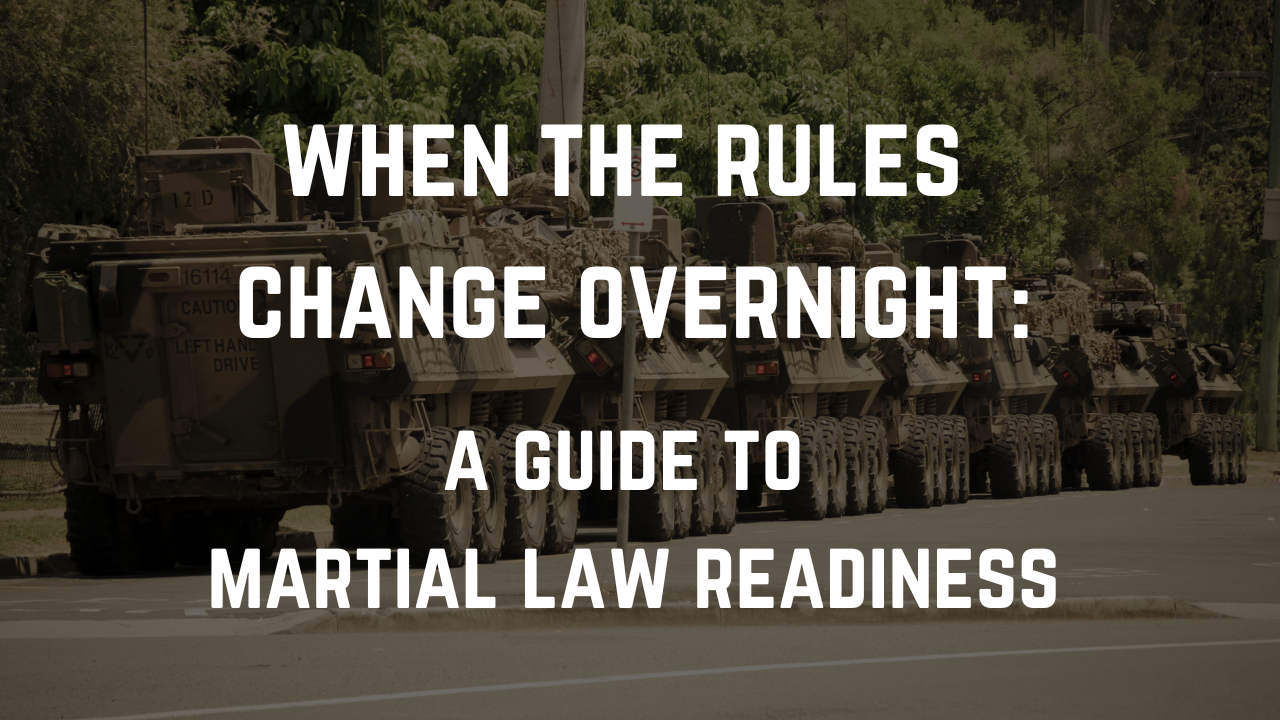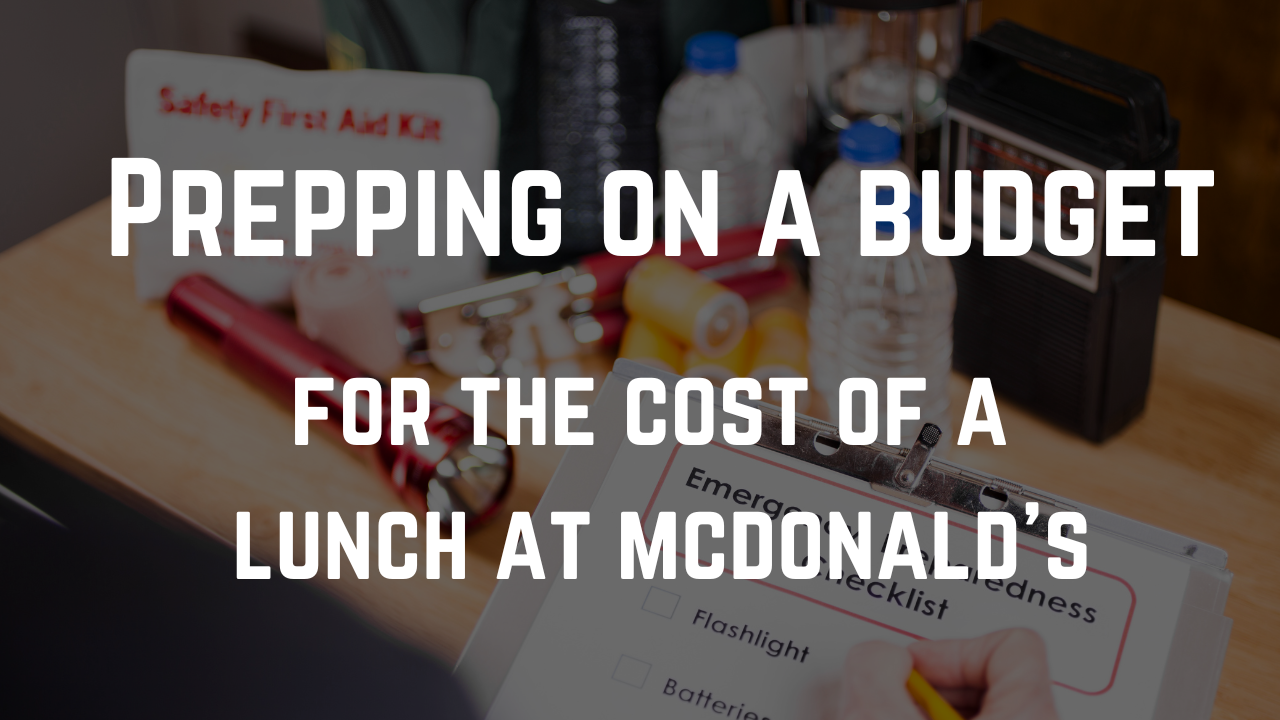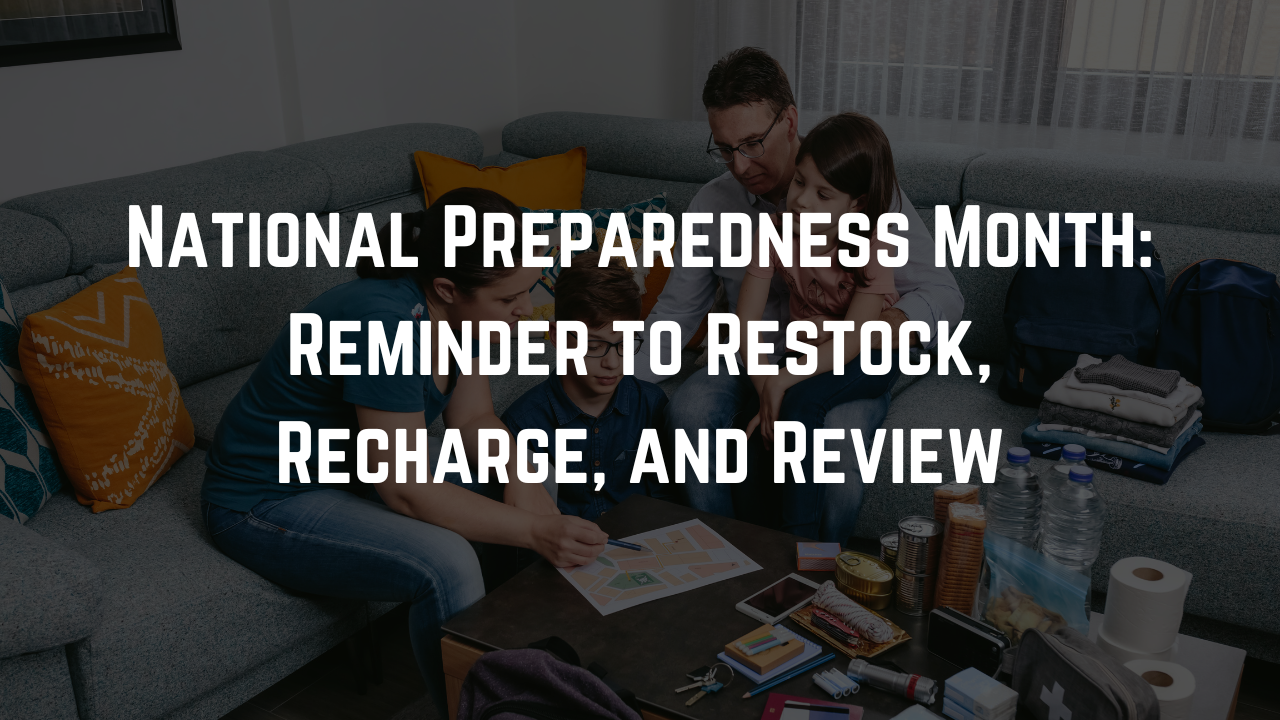
What’s your plan when everything doesn’t go according to plan?
Most of us have routines: we wake up, check the weather, pour coffee, and go about our day. But when the unexpected occurs – a fire alarm in the middle of the night, a sudden storm surge, or the lights cutting out during dinner – the routine flies out the window.
Emergencies can happen with little or no warning, and the best way to protect yourself and your loved ones is to have a clear, well-thought-out plan in place before anything goes wrong.
Below are steps you can follow to create an emergency plan that’s relevant to your household and the types of risks you’re most likely to face.
Step 1: Know Your Risks
Start by identifying the emergencies most likely to affect your area. Ask yourself:
- Do I live in a flood zone?
- Is my home in a wildfire-prone region?
- How common are winter storms or power outages here?
- What’s my community’s plan for a pandemic or public health emergency?
Check your local emergency management office or use FEMA’s flood map or hazard map to assess your area’s risks.
Step 2: Build Your Emergency Contacts List
You might not always be with your loved ones when disaster hits. Make sure everyone in your household knows how to reach each other.
Include:
- Immediate family numbers
- Out-of-town emergency contact (someone outside your local area)
- Local emergency services (fire, police, poison control)
- Work/school contacts
Print a copy, keep one in your wallet, and store a digital version on your phone.
Step 3: Create a Household Plan
Your plan should include:
- Escape routes from each room in case of a fire
- Designated meeting spots (one near your home, one outside your neighborhood)
- Evacuation procedures (what to pack, who’s driving, where to go)
- Shelter-in-place instructions (how to stay safe indoors during a storm, chemical spill, or pandemic)
Tip: Practice your plan with regular drills. It’s not just for kids!
Step 4: Customize for Each Scenario
Let’s break it down:
Fire
- Know two exits from every room.
- Keep a fire extinguisher on each level.
- Test smoke alarms monthly.
- Plan for pets—can someone grab the carrier?
Flood
- Store important documents in waterproof containers.
- Know evacuation routes and shelters.
- If flooding is possible, move valuables to higher ground.
Pandemic
- Stock a 2-week supply of food, water, and meds.
- Plan for remote work and schooling.
- Stay informed via local health departments and CDC updates.
Power Outage
- Keep flashlights, batteries, and a battery-powered radio on hand.
- Have a plan to keep medications cold.
- Know how to manually open garage doors.
- Use surge protectors for sensitive electronics.
- Know how to keep your family and pets safe in extreme heat or extreme cold.
Step 5: Build Your Emergency Kit
Don’t wait until the last minute to gather supplies. Your basic kit should include:
- Water (1 gallon per person, per day for minimum 3 days)
- Non-perishable food (extra can opener for cans)
- Flashlights and extra batteries
- First-aid kit
- Medications and medical supplies
- Copies of important documents
- Cash (ATMs may be down)
- Portable phone charger
- Face masks and hand sanitizer
Add extras for kids, pets, or anyone with special needs.
Step 6: Stay Informed
Sign up for local alerts through your county or city’s emergency system. Apps like FEMA and Red Cross Emergency can keep you updated in real-time. A weather radio is a great backup when cell service is spotty.
Step 7: Review & Update Regularly
Things change – so should your plan.
- Revisit your plan every 6 months.
- Update phone numbers, medications, and kit supplies.
- Practice your fire drill and evacuation routes.
- Involve new household members or roommates.
Final Thoughts
You don’t need to prepare for everything, but you do need to prepare for something. An emergency plan gives you peace of mind and a practical path forward when uncertainty hits. It’s one of the most important things you can do to keep yourself and your loved ones safe.
Remember: hope for the best, but be ready for the unsteady.


